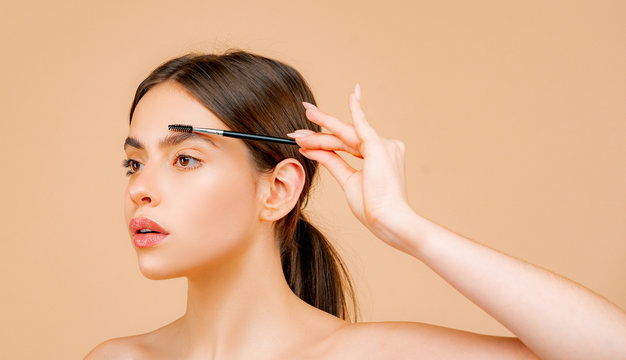Orders Above $30 - Get 15% OFF & Free Shipping, Use Coupon EOFYSALE15
How to Layer Skincare Ingredients for Optimal Skin Health
Having a proper skincare routine is essential for maintaining healthy, glowing skin. However, with so many products available in the market, it can be confusing to know what to use and when. That’s where layering skincare ingredients comes in – a technique that allows you to layer multiple products to address different skin concerns and achieve the best results.

Why Layer Skincare Ingredients?
Layering skincare ingredients allows each product to work more effectively by preparing your skin for the next step. For instance, applying a hydrating toner followed by a serum rich in antioxidants and finally, a moisturizer can help you achieve hydrated and protected skin. By layering your products in the right order, you can target different skin concerns at once and achieve the best results.
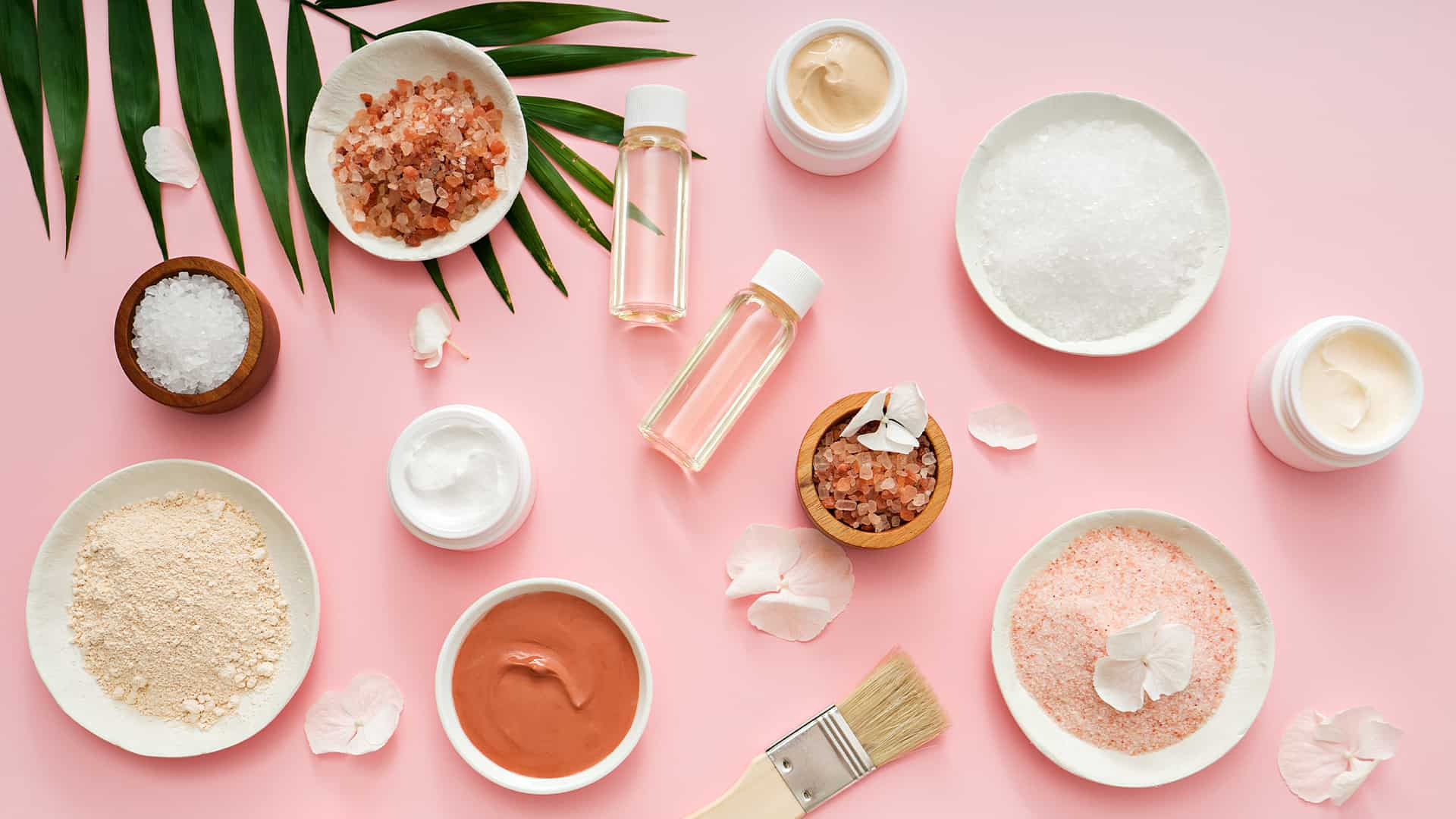
Another advantage of layering skincare ingredients is that it helps to enhance the penetration of the products. When used in the right order, the ingredients in each product can penetrate deeper into the skin and provide better results. Additionally, layering skincare products can help to extend the shelf life of each product. By using a lighter product first and then layering it with a heavier one, the lighter product is able to penetrate the skin better and provide better results.
Guide to Layering Skincare Ingredients
Step 1: Cleanser
The first step in layering skincare ingredients is to cleanse your skin. Choose a gentle cleanser that is suitable for your skin type, whether it’s dry, oily, sensitive, or combination. Cleansing helps to remove dirt, oil, and impurities that can clog your pores and lead to breakouts. Rinse your skin thoroughly with lukewarm water and pat dry with a clean towel.
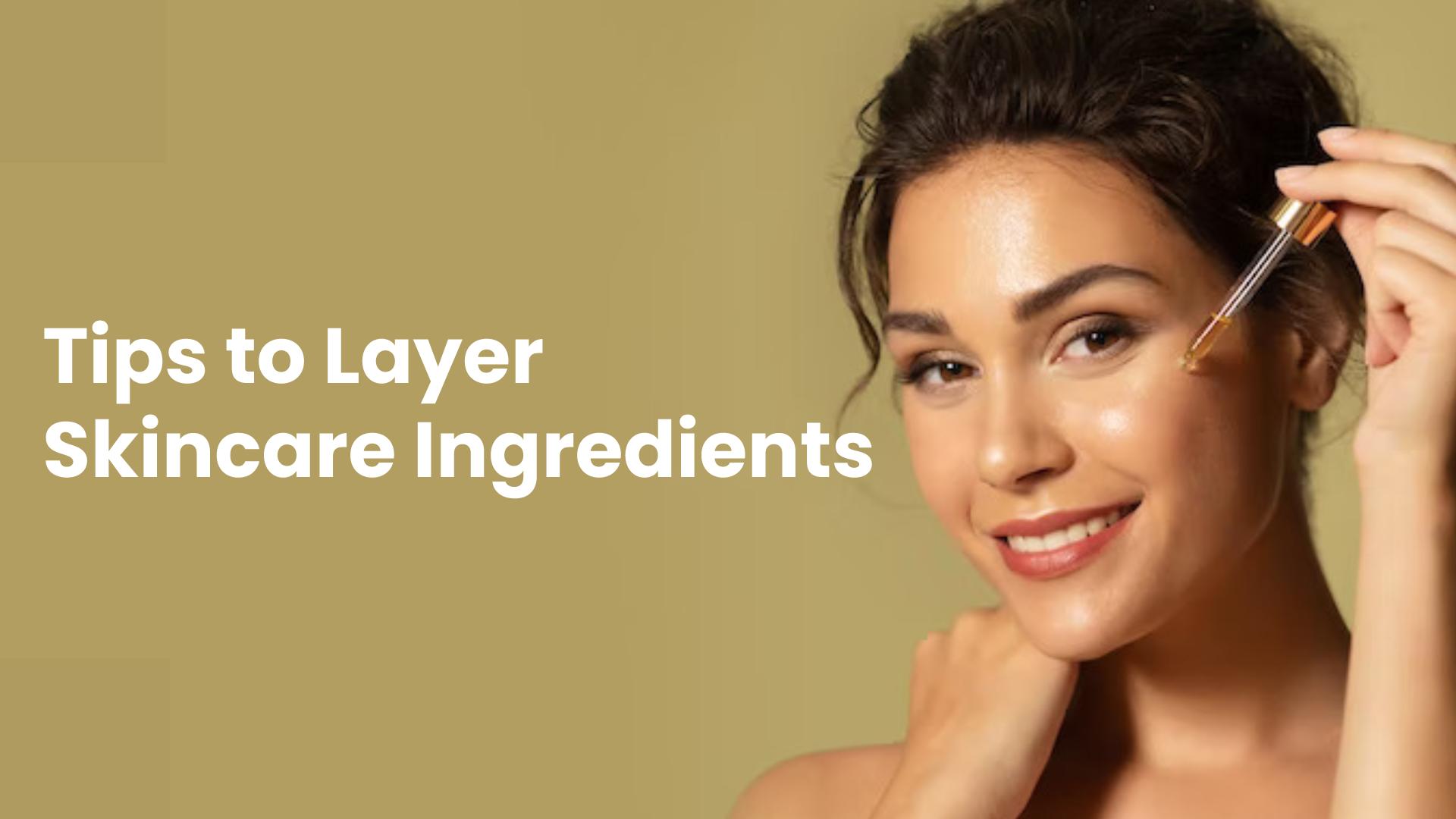
Step 2: Toner
The next step is to use a toner. Toners help to balance the pH level of your skin, making it easier for your skin to absorb the ingredients in the other products you’re going to use. Toners can also help to hydrate, brighten, and soothe your skin. Apply the toner to a cotton pad and gently swipe it over your face and neck, avoiding the eye area.
Step 3: Serum
These are a crucial step in layering skincare ingredients as they contain concentrated ingredients that can penetrate deep into the skin to target specific skin concerns. Whether you’re looking to hydrate, brighten, reduce fine lines, or treat acne, there’s a serum out there for you. Start with the lightest consistency and work your way up to the thicker consistency. For example, if you’re using a hydrating serum and a vitamin C serum, start with the hydrating serum and follow it with the vitamin C serum.
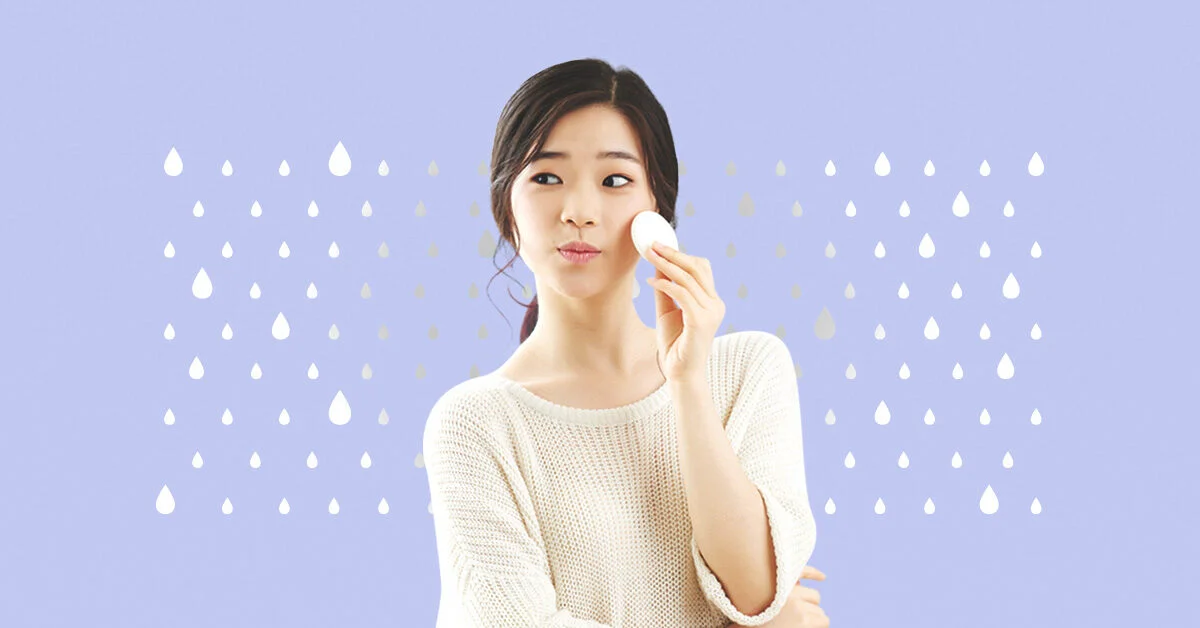
Try Oaustar Best Hair Serum for all Types of Hair [Hair Growth Serum].
- Anti Frizz Hair Repair Serum – 100% Natural (110 ml)
- Paraben Free & Color Safe (No chemicals)
- To Repair, Control Frizzy Dry Damaged Hair
- Suitable For All Hair Types, For Women and Men
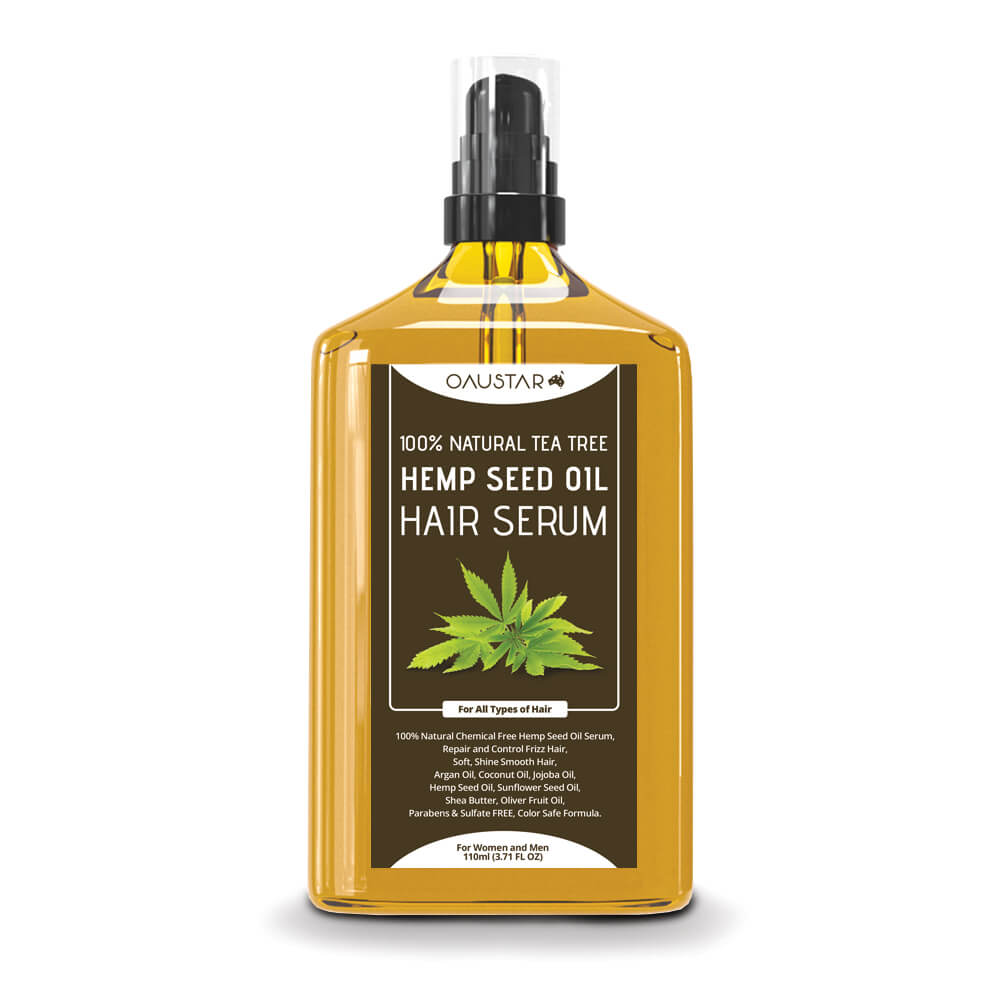
Step 4: Eye Cream
The delicate skin around the eyes is often the first to show signs of aging, which is why using an eye cream is important. Eye creams are specially formulated to target the unique concerns of the eye area, such as puffiness, dark circles, and fine lines. Simply dab a small amount of eye cream around your eye area, making sure to avoid getting it in your eyes.
Step 5: Spot Treatments
If you have specific skin concerns, such as acne or dark spots, you can use a spot treatment to address these issues. Spot treatments are products that are designed to target specific areas of the skin and can be used in conjunction with other products in your skincare routine. Simply apply the spot treatment to the affected area and let it absorb into your skin.
Step 6: Moisturizer
The final step in layering skincare ingredients is to moisturize your skin. Moisturizers help to hydrate and protect your skin from environmental stressors. Choose a moisturizer that is suitable for your skin type, whether it’s dry, oily, sensitive, or combination. Apply the moisturizer to your face and neck, and let it absorb into your skin before applying any makeup.
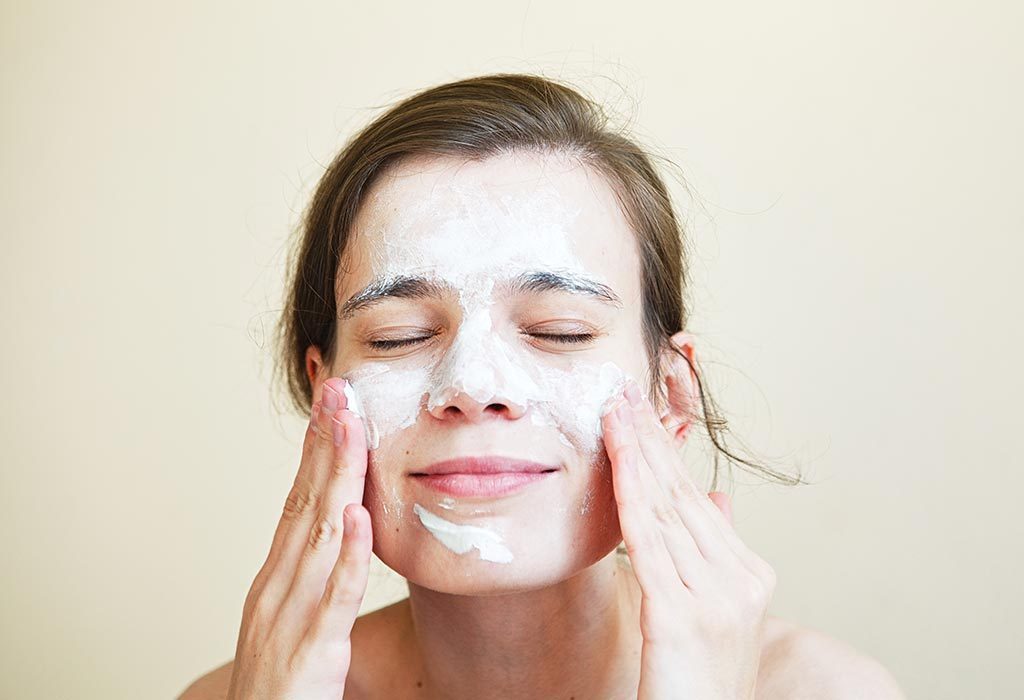
In conclusion, layering skincare ingredients is a technique that allows you to target multiple skin concerns at once and achieve the best results. By following this guide, you can create a skincare routine that will help you achieve healthy, glowing skin. Remember to always choose products that are appropriate for your skin type, and never hesitate to consult a dermatologist if you have any questions or concerns.


